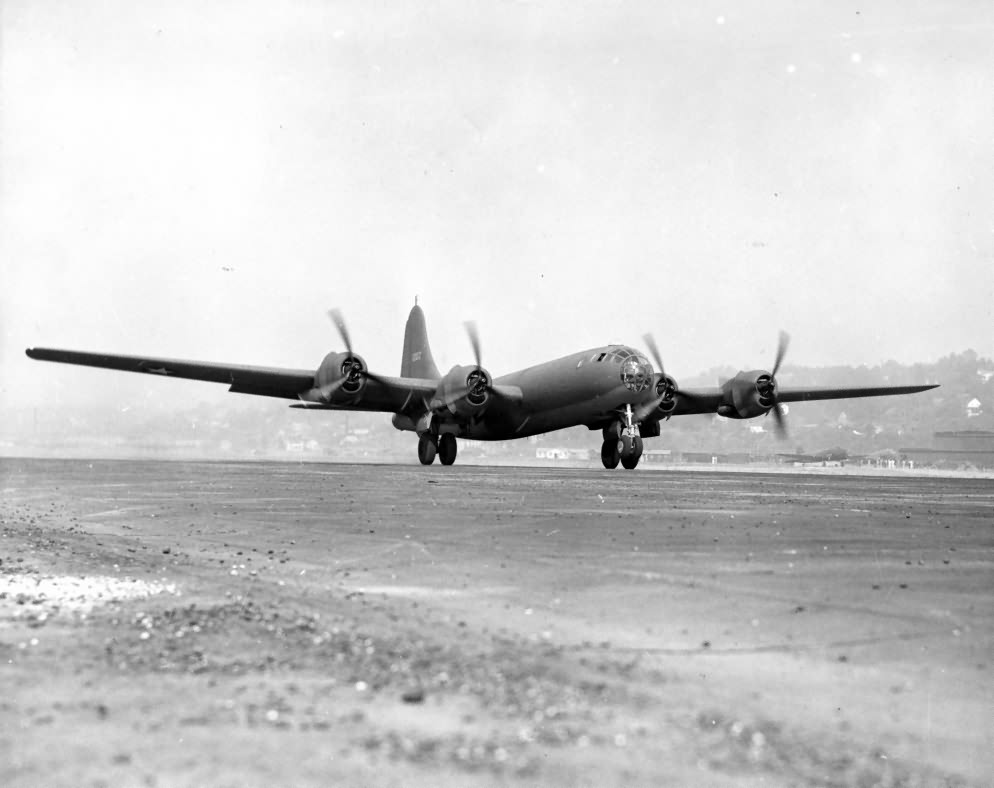The XB-29, designated 41-002, was the first prototype of the Boeing B-29 Superfortress, a revolutionary heavy bomber developed during World War II. Its maiden flight took place on 21 September 1942 at Boeing Field, Seattle, with Edmund T. ‘Eddie’ Allen, Boeing’s chief test pilot, at the controls. This flight marked a significant milestone in the development of long-range bombers for the United States Army Air Forces (USAAF).
Early Flight Testing:
- The first XB-29 was powered by four R-3350-12 engines, which had seventeen-foot diameter three-blade propellers. Despite the advanced design of the B-29, these early engines suffered from chronic overheating and were prone to catching fire, posing a major problem during testing.
- Eddie Allen and his team conducted 23 test flights, accumulating 27 flight hours by December 1942. During these early flights, the team encountered numerous mechanical issues:
- 16 engines were replaced.
- 19 exhaust systems were revised.
- 22 carburetors needed to be changed.
- Persistent problems with the propeller governors also plagued the aircraft.
On 28 December 1942, one of the R-3350 engines caught fire during a test flight, forcing Allen to return to Boeing Field. Fortunately, the flight landed safely, but the incident highlighted the engine reliability issues that would continue to challenge the B-29 program.
Performance and Handling:
Despite these technical problems, the overall performance and handling characteristics of the B-29 were considered excellent. The only significant aerodynamic adjustment was the removal of the rudder boost. The aircraft’s overall design remained largely unchanged throughout its development.
Continued Testing and Production Expansion:
- The XB-29 was flown to Wichita, Kansas, on 30 August 1943 as part of the effort to expand the B-29 production and testing program. The flight to Wichita helped facilitate coordination between Boeing’s Seattle facility and the Wichita production plant, which was key to the B-29’s mass production.
- By the end of 1943, the XB-29 returned to Seattle, where it remained for further testing.
After its service, it was eventually scrapped on 11 May 1948.
